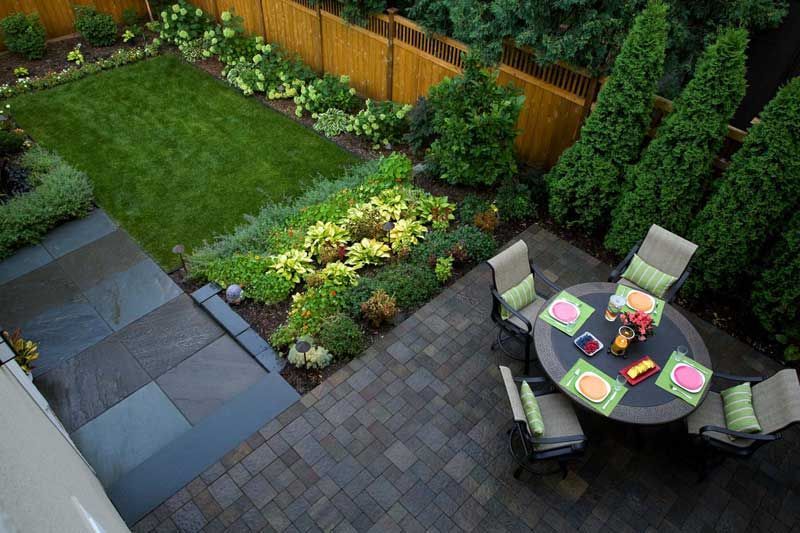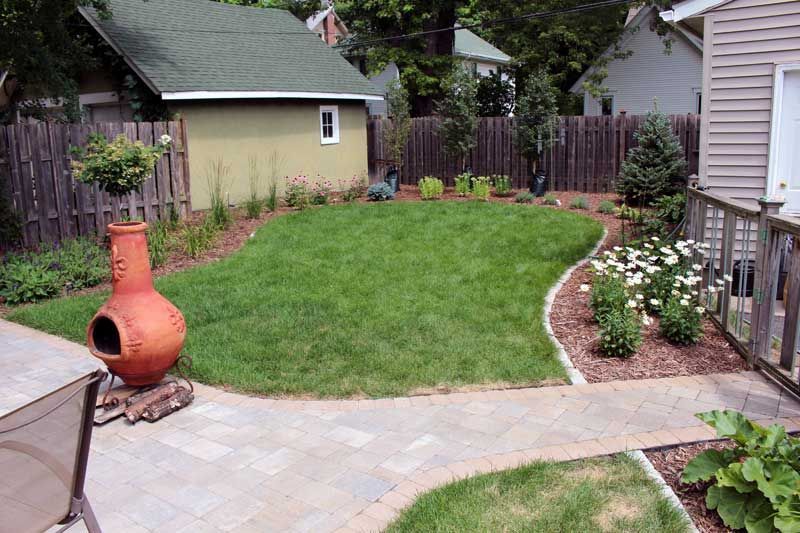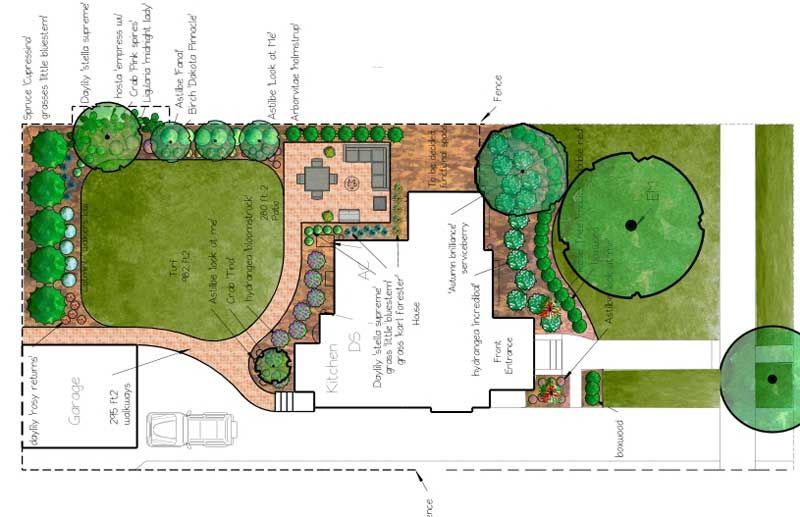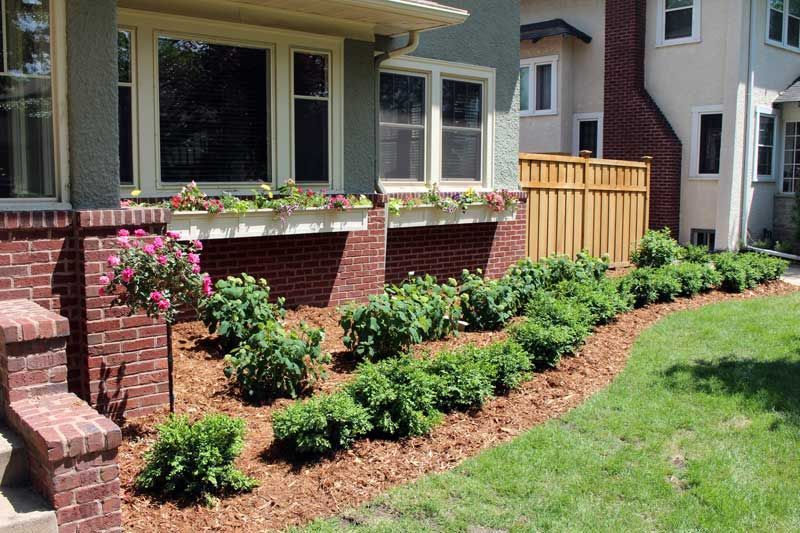Landscape Design To Compliment A Smaller Home
Tips for Landscape Design Around A Smaller Home

Scale

Keep the Lawn

Use a Design
Design is super important. Utilize space and money as efficiently as possible. Depending on your goals, you might need more or less patio space which will allow for more or less plants. A designer can help you narrow down the goals you have and match those goals up with your budget. A big garden with lots of mulch and plants can feel very closed in. Knowing which plants to install will keep your plant beds looking beautiful and open all year. Installing proper screening can leave the yard feeling open but also block views.

Find Places to Pop
In a smaller yard, you want to use plants that don’t take much a lot of space but still provide a lot of POP. We like to recommend using window boxes or annual displays by the front door. In a larger home/yard, we’ll install 3 rows of plants that can each have different color and flowering time and interest. On a smaller home/yard, you need to optimize the space so smaller annuals in planter boxes and pots will give that same color and pop in a smaller space.
Use a Trusted and Experienced Landscape Company like KG Landscape
KG Landscape has been in the landscape design business for almost 15 years. All of that built up experience has given us the opportunity to see a lot of different landscape situations. We then use that expertise to provide the most value to our customers. If you have a smaller landscape and need some help, simply give us a call or submit a quote request to our website and we’ll get back to you right away!










